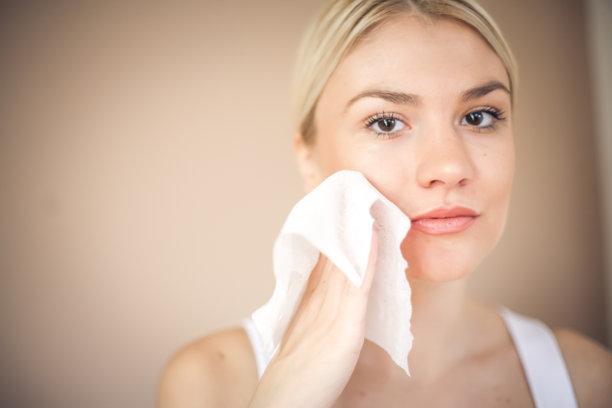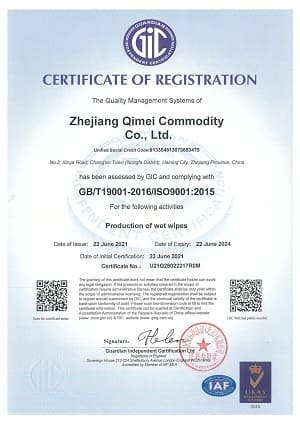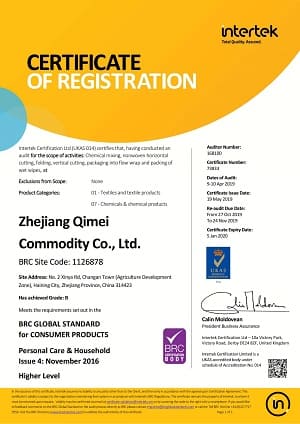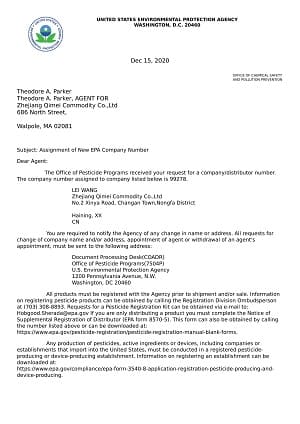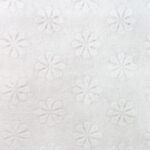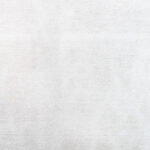Type de tissu tissé Spunlace : polyester, mélange de poly-viscose, fibre de bambou, pâte de bois (jetable dans les toilettes), coton ou fibre de soja (biodégradable)
Plat ou texturé (votre propre LOGO est disponible)
Grammage: 30-80gsm
1/10/30/80/100/120/160 pièces/paquet
The most common size of Waterproof makeup wipes around from 6 to 8 inches (15 to 20 cm) in width and length. This size is convenient for single-use and provides enough surface area to clean and freshen the external genital area. However, some intimate wipes may be smaller or larger than this standard size to cater to specific preferences or needs of consumers.
1. Sac refermable en plastique : Il s'agit du type d'emballage de lingettes humides le plus courant. Il est fait de plastique et possède une bande refermable sur le dessus pour garder les lingettes fraîches et humides.
2. Conteneur à couvercle rabattable : Ce type d'emballage consiste en un contenant en plastique avec un couvercle rabattable qui peut être ouvert et fermé pour accéder aux lingettes.
3. Emballage souple avec couvercle rabattable en plastique : Semblable au récipient à couvercle rabattable, cet emballage est livré dans un emballage souple et possède un couvercle rabattable en plastique pour un accès facile.
4. Distributeur pop-up : Ce type d'emballage est doté d'un mécanisme de distribution pop-up qui sort une lingette à la fois.
5. Pack de voyage : Un petit emballage conçu pour une utilisation en déplacement, il est souvent livré avec une fermeture à pression en plastique.
6. Emballage à usage unique : ces lingettes humides sont présentées dans de petits paquets scellés, pratiques pour les voyages ou les activités de plein air.
7. Sac de recharge : cet emballage de plus grande taille est conçu pour remplir d'autres contenants de lingettes humides et a généralement une ouverture refermable.
Water: Water is typically the main ingredient in makeup wipes, as it provides the base for the solution that is used to clean the skin.
Surfactants: Surfactants are used to break down and dissolve makeup, allowing it to be wiped away. Common surfactants used in makeup wipes include cocamidopropyl betaine, decyl glucoside, and polysorbate 20.
Emollients: Emollients are used to moisturize and soothe the skin, preventing it from drying out. Common emollients used in makeup wipes include glycerin, aloe vera, and panthenol.
Preservatives: Preservatives may be added to makeup wipes to prevent bacterial growth and prolong the shelf life of the product. Common preservatives used in cosmetic products include phenoxyethanol, methylparaben, and propylparaben.
Fragrance: Fragrance may be added to makeup wipes to give them a pleasant scent. However, some people may be sensitive to fragrances and may prefer fragrance-free products.
Other ingredients: Other ingredients that may be included in the formulation of makeup wipes include antioxidants, anti-irritants, and skin-conditioning agents.
Good Manufacturing Practices (GMP): GMP is a set of guidelines and standards that ensure the quality and safety of products. It covers all aspects of the manufacturing process, including the facilities, equipment, personnel, and documentation. Manufacturers of makeup wipes may need to adhere to GMP standards to ensure that their products are safe and effective.
ISO 22716: ISO 22716 is a standard for the production, control, storage, and shipment of cosmetic products. This standard covers all aspects of the manufacturing process, including personnel, facilities, and documentation. Compliance with this standard can help ensure that the manufacturer is producing safe and high-quality products.
FDA Regulations: If the manufacturer is selling their products in the United States, they will need to comply with the regulations set forth by the U.S. Food and Drug Administration (FDA). The FDA regulates cosmetics under the Federal Food, Drug, and Cosmetic Act (FD&C Act) and requires manufacturers to ensure the safety of their products through proper testing and labeling.
Cruelty-Free Certification: Some consumers may prefer to purchase makeup wipes that have not been tested on animals. A manufacturer may choose to obtain a cruelty-free certification from a third-party organization to demonstrate that their products are not tested on animals.
Vegan Certification: Similarly, some consumers may prefer to purchase makeup wipes that are free from animal-derived ingredients. A manufacturer may choose to obtain a vegan certification to demonstrate that their products are free from animal products.
